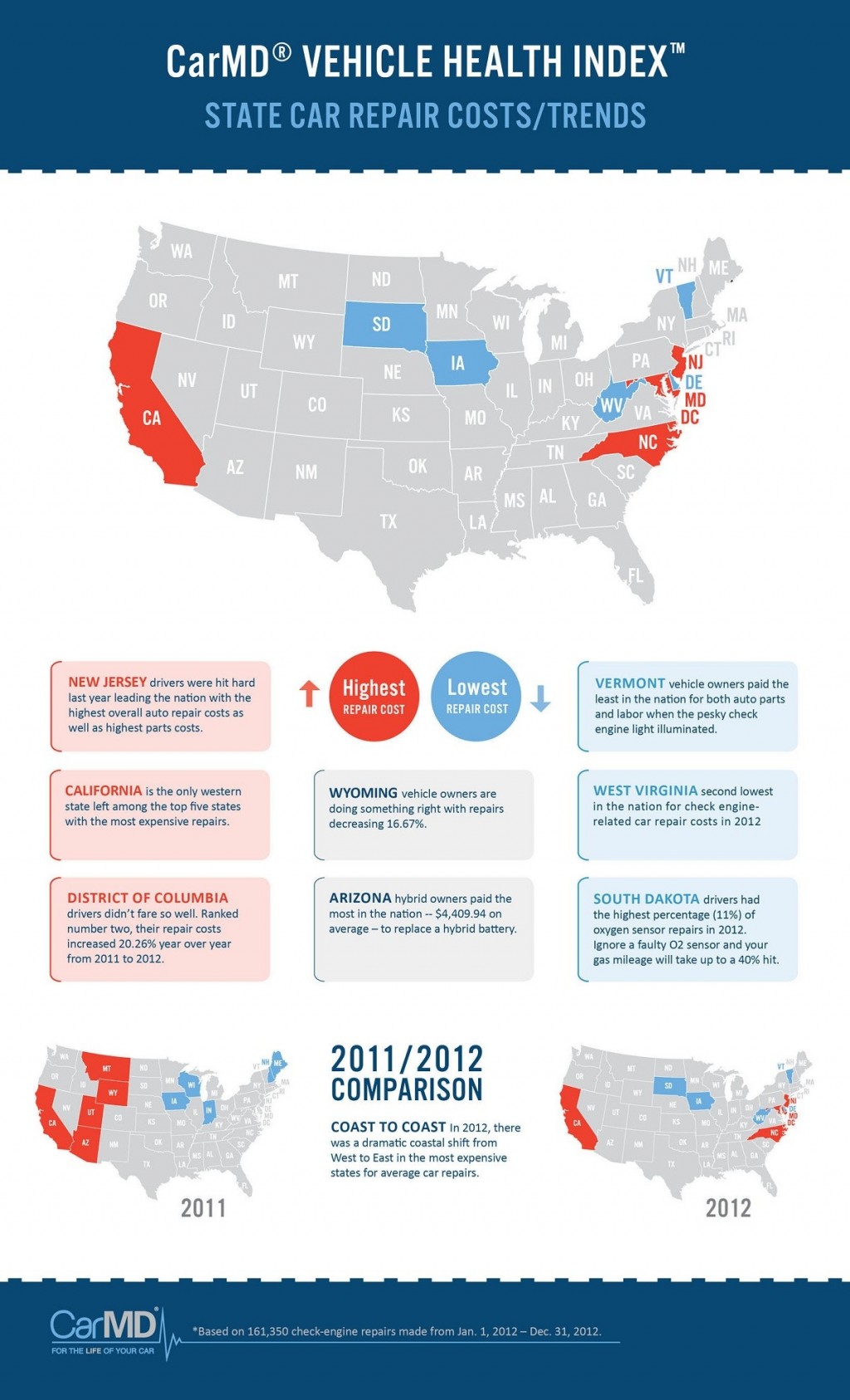When you lag the wheel, those radiant caution lights on your control panel can be a little bit bewildering. Do you know what they're trying to tell you about your car's health? Understanding the value of these lights is important for your safety and security and the durability of your car. So, the following time among those lights turns up, wouldn't you wish to decode its message precisely and take the necessary steps to address it?
Common Caution Lighting and Interpretations
Recognize common warning lights in your auto and comprehend their definitions to guarantee secure driving.
The most regular caution lights consist of the check engine light, which signals concerns with the engine or exhausts system. If this light begins, it's crucial to have your vehicle examined immediately.
mobile car grooming advising light suggests low oil pressure, calling for immediate focus to prevent engine damage.
A blinking battery light could suggest a defective charging system, possibly leaving you stranded otherwise attended to.
The tire stress surveillance system (TPMS) light informs you to low tire pressure, impacting automobile security and gas effectiveness. Neglecting boatdetailing can cause harmful driving conditions.
The abdominal muscle light indicates a trouble with the anti-lock stopping system, jeopardizing your capacity to quit quickly in emergencies.
Lastly, the coolant temperature level warning light warns of engine overheating, which can lead to severe damage if not fixed quickly.
Recognizing click here for more will assist you deal with problems promptly and maintain risk-free driving conditions.
Significance of Prompt Focus
Comprehending the usual caution lights in your car is only the initial step; the importance of immediately addressing these cautions can't be stressed sufficient to ensure your security when driving.
When a caution light brightens on your dashboard, it's your vehicle's means of communicating a possible concern that requires attention. Overlooking these cautions can result in extra severe problems later on, endangering your safety and possibly costing you a lot more out of commission.
Motivate focus to alerting lights can prevent break downs and accidents. For example, a blinking check engine light could suggest a misfire that, if left unattended, might trigger damages to the catalytic converter. Resolving this without delay can conserve you from an expensive repair service.
Likewise, a brake system cautioning light might indicate low brake liquid or worn brake pads, critical elements for your safety and security when driving.
DIY Troubleshooting Tips
If you observe a caution light on your dashboard, there are a couple of DIY repairing tips you can attempt prior to looking for professional aid.
The primary step is to consult your cars and truck's handbook to recognize what the specific warning light shows. Occasionally the issue can be as straightforward as a loosened gas cap triggering the check engine light. Tightening up the gas cap might solve the trouble.
An additional typical problem is a reduced battery, which can cause different cautioning lights. Checking the battery links for corrosion and guaranteeing they're secure may deal with the issue.
If a warning light continues, you can try resetting it by separating the vehicle's battery for a few mins and then reconnecting it. Furthermore, checking your lorry's liquid degrees, such as oil, coolant, and brake fluid, can aid fix alerting lights related to these systems.
Final thought
In conclusion, comprehending your auto's caution lights is important for keeping your automobile running smoothly and securely. By without delay resolving these notifies and recognizing what they imply, you can avoid pricey repairs and possible break downs.
Bear in mind to consult your cars and truck's manual for particular information on each warning light and do something about it appropriately to guarantee a hassle-free driving experience.
Remain notified, remain secure on the road!
